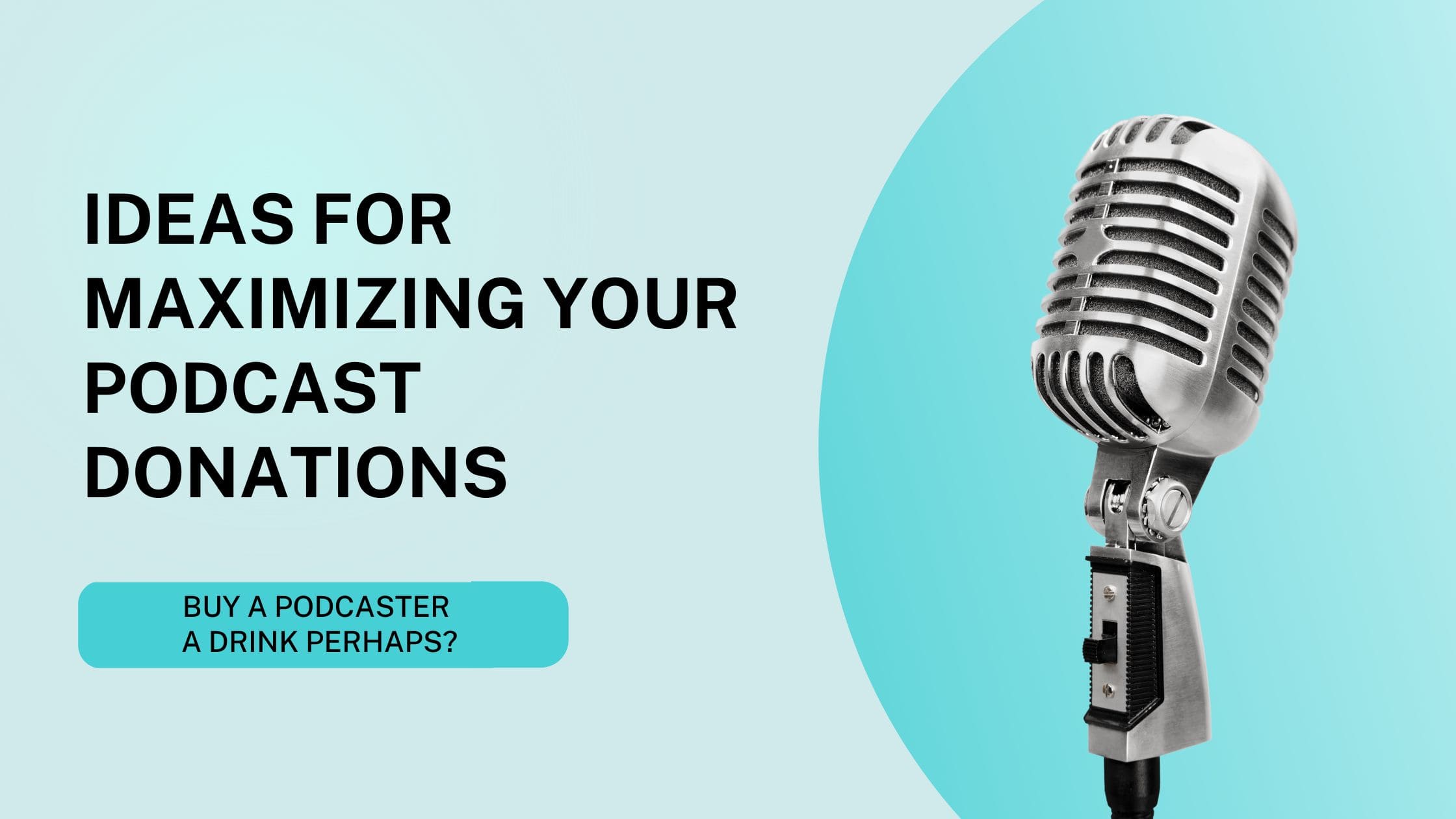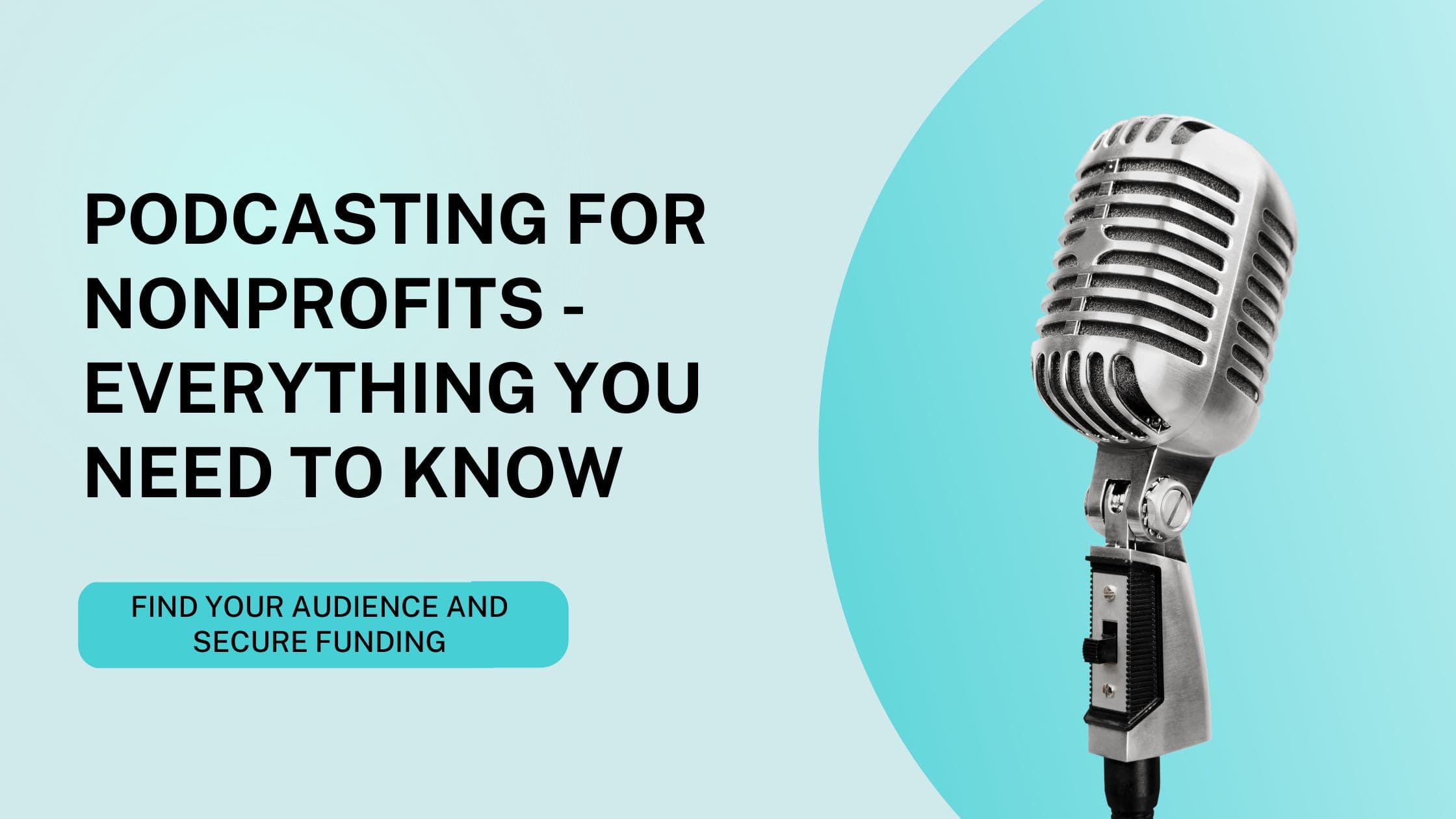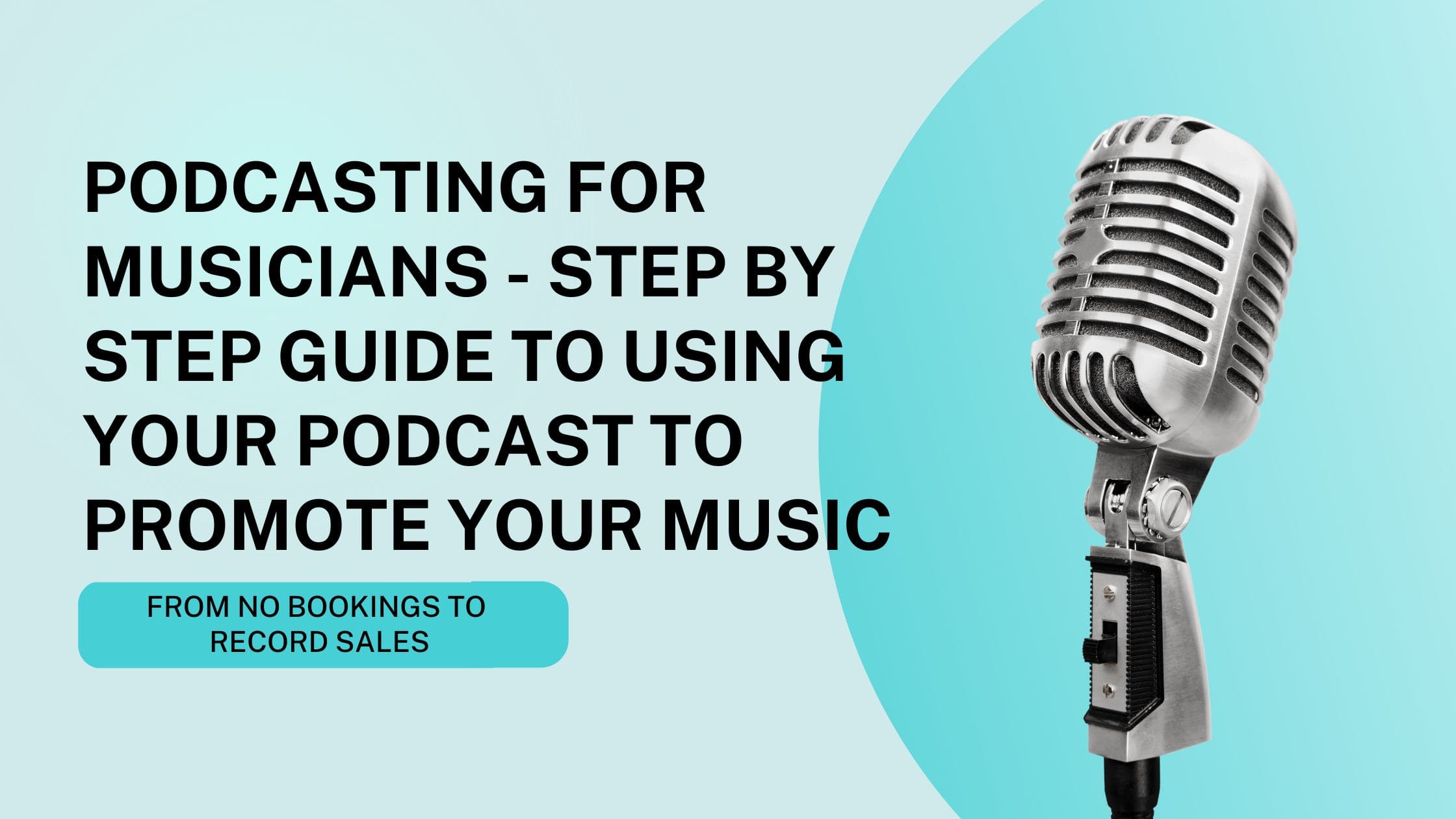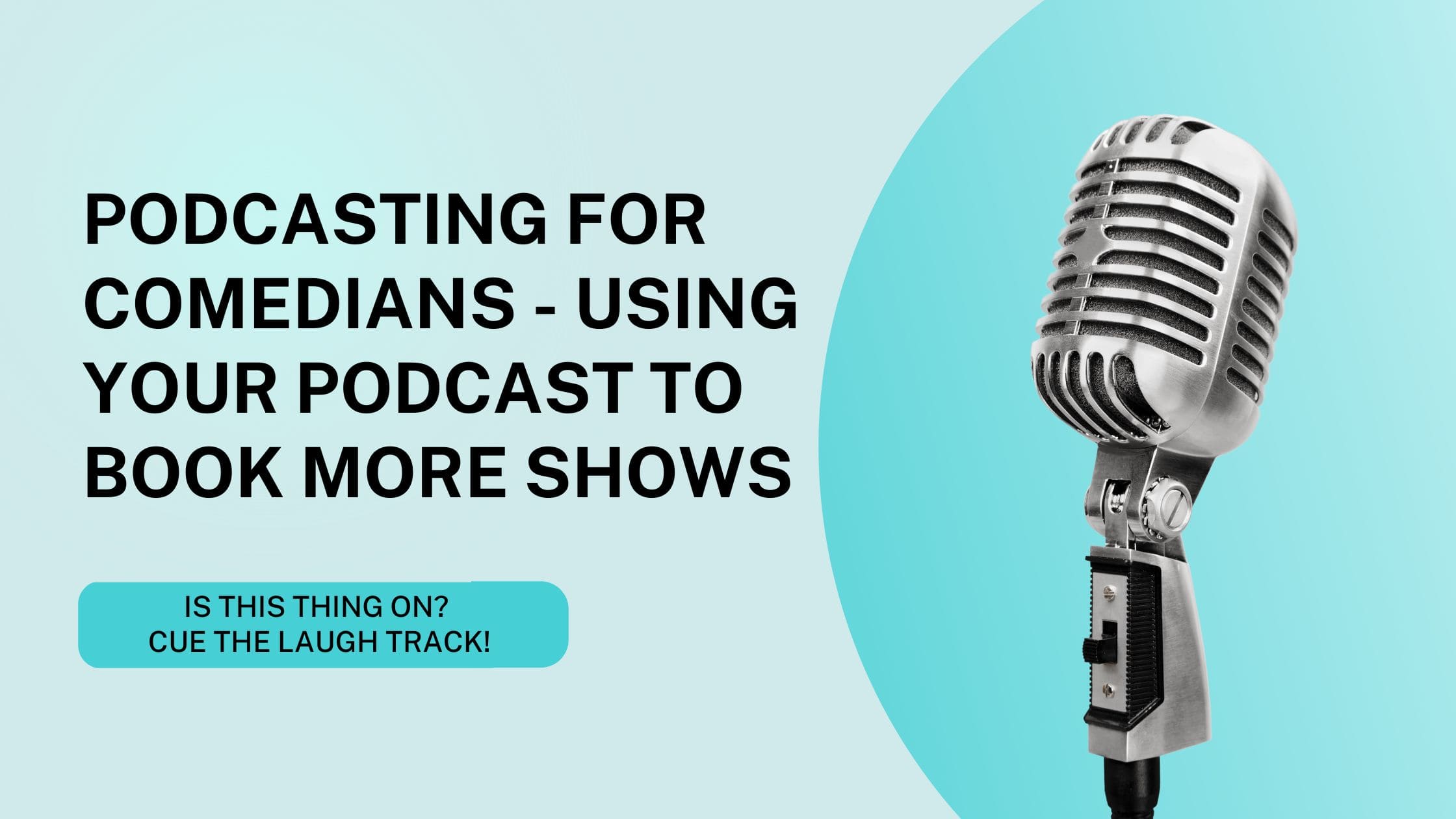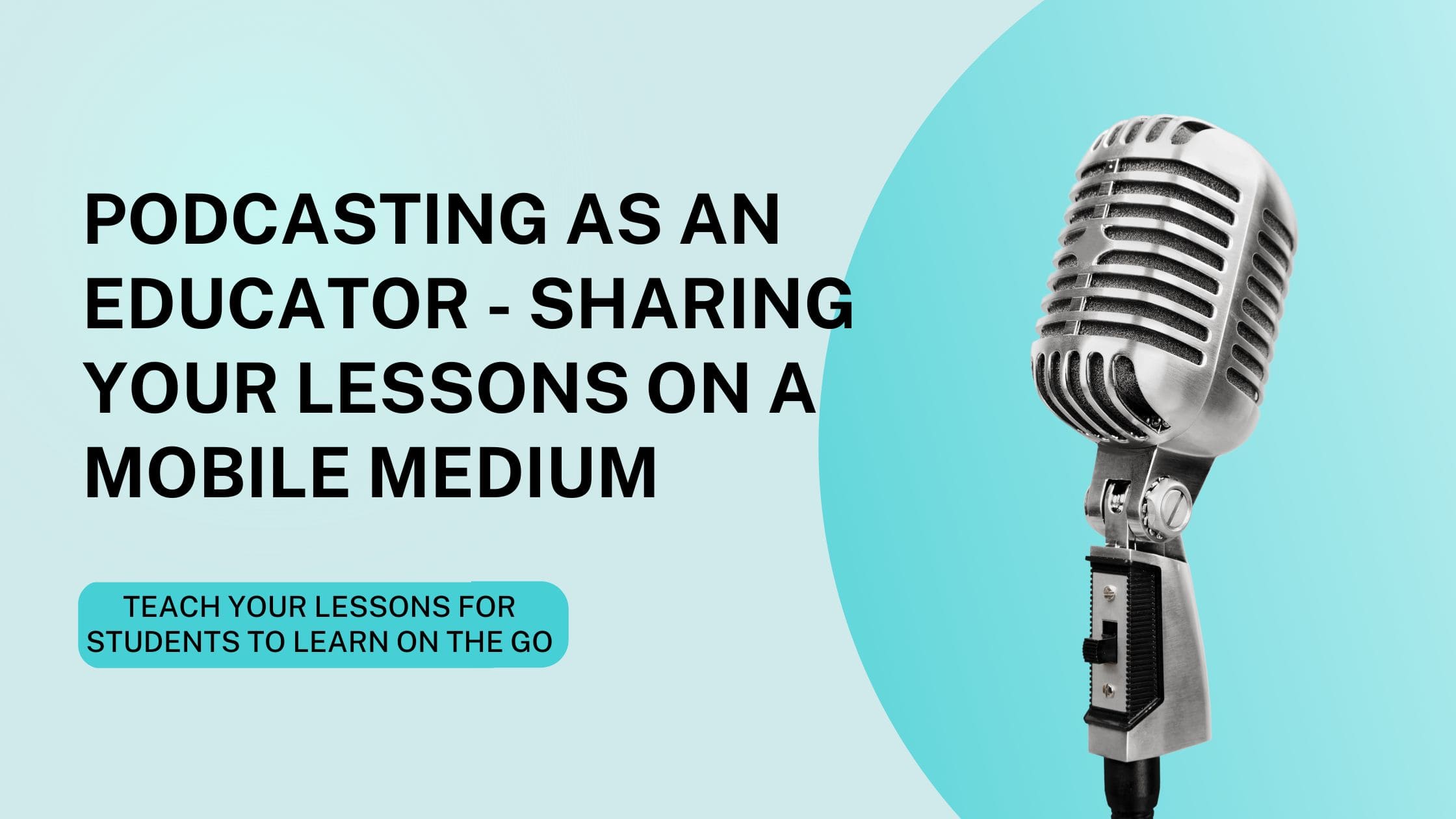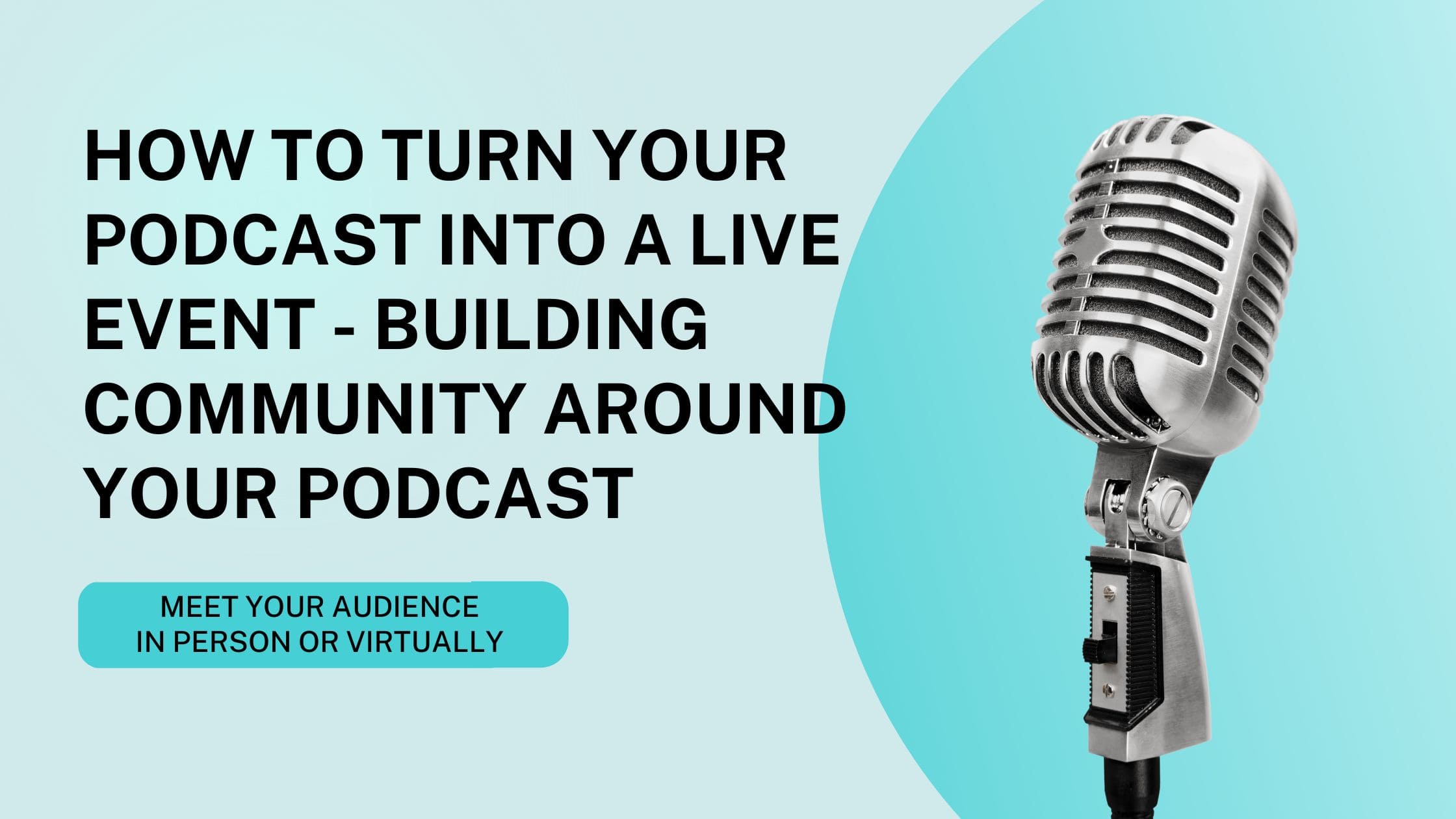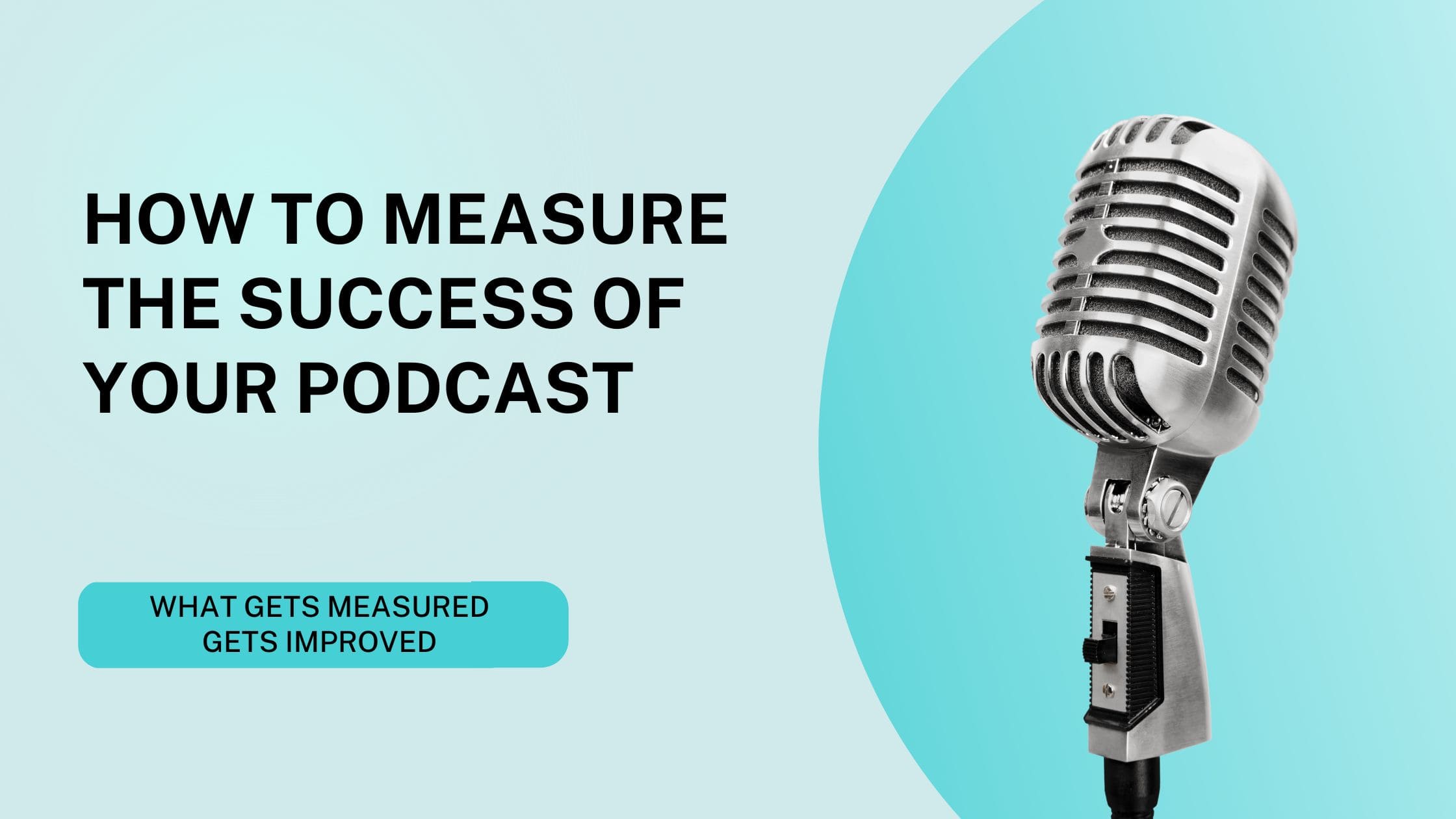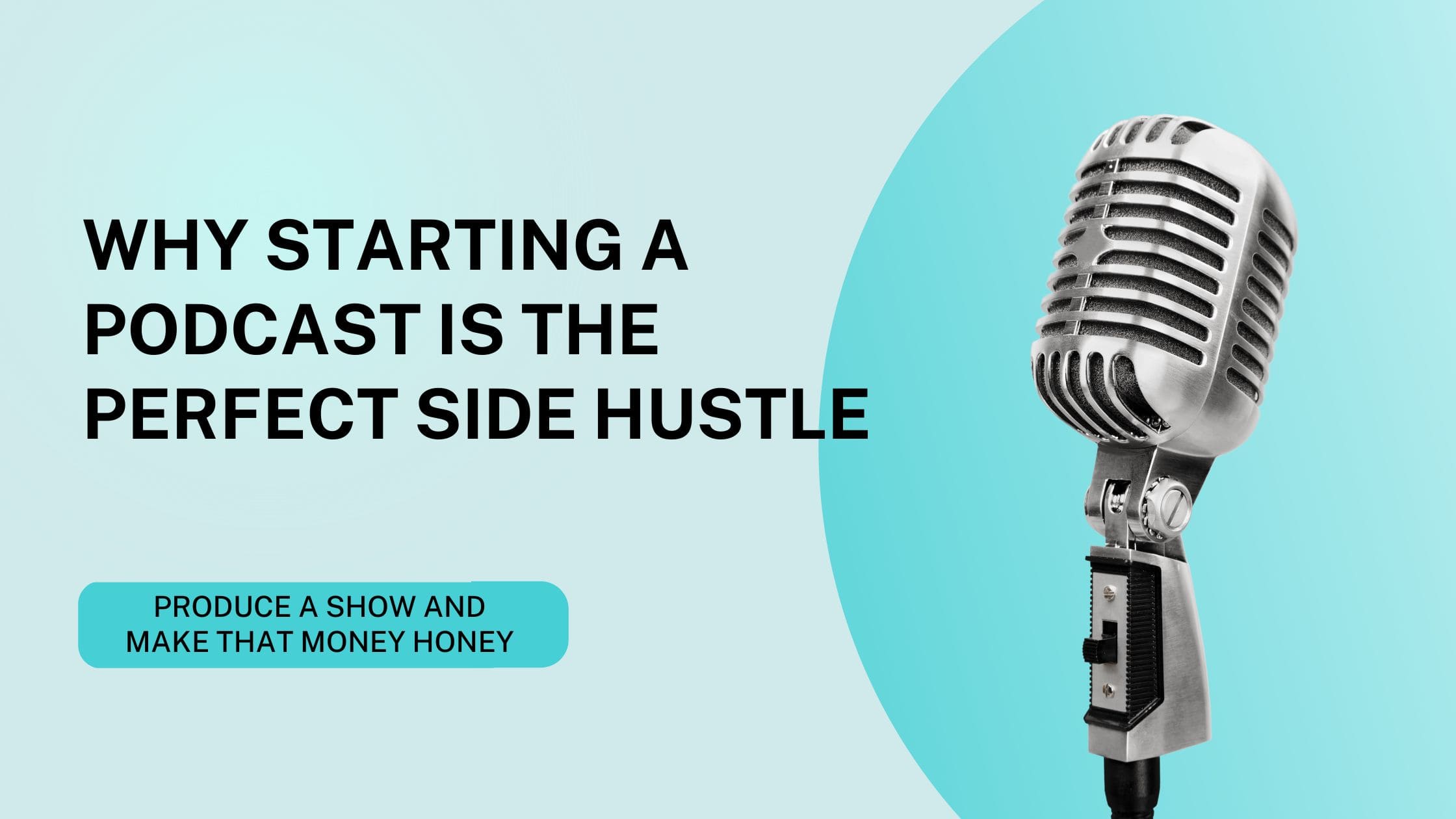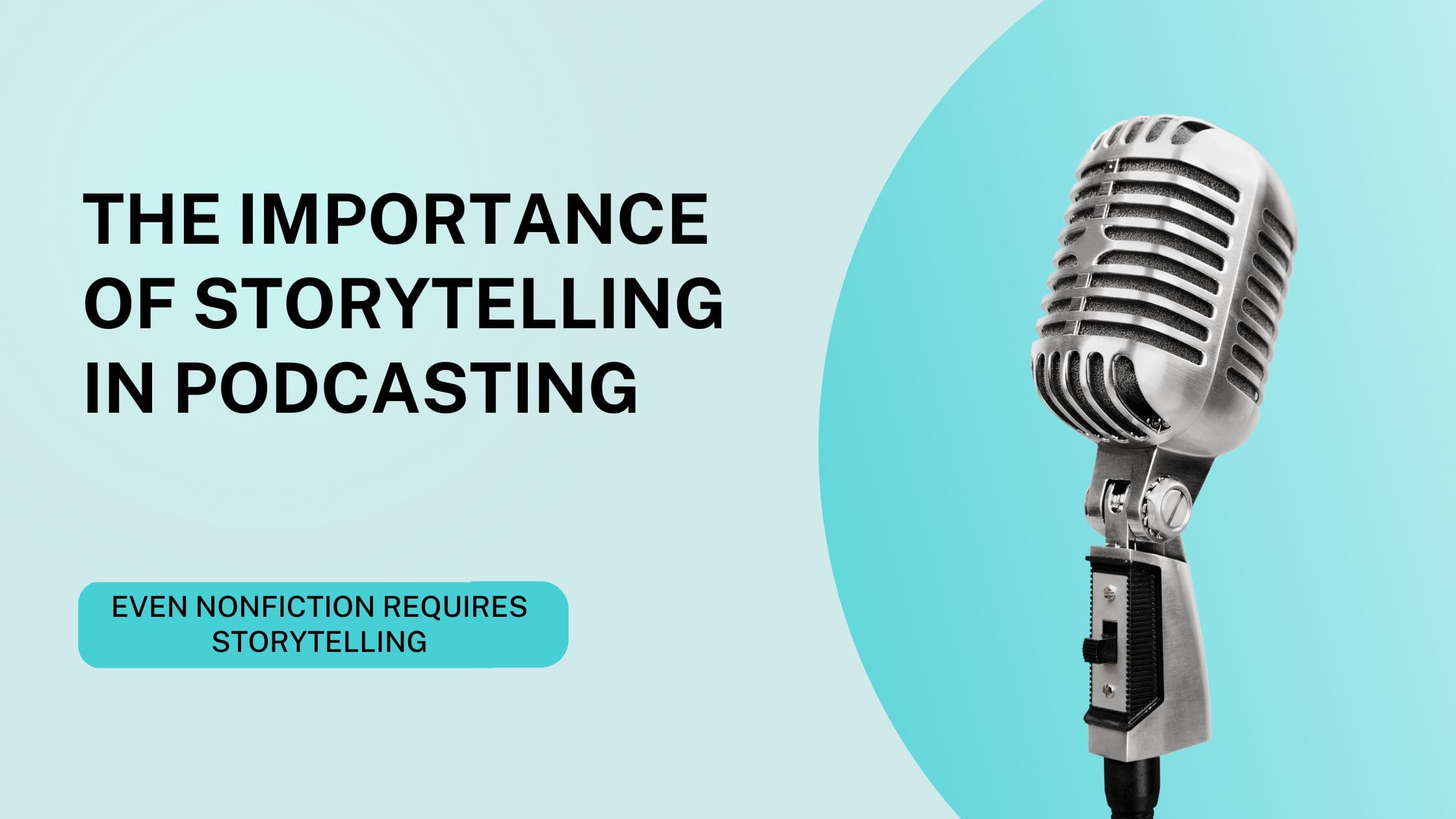Learn the insider secrets for maximizing your podcast donations. Discover tips and tricks to engage your audience and boost your income. This post does contain affiliate links. If you purchase any product/service through one of my affiliate links this website will receive a small commission at no additional cost to you. Thank you for your support!
Allowing Your Listeners to Fund Your Show
Want to earn more money from your podcasting efforts? I feel ya! That’s why we’re about to dive into the art of mastering the symbiotic dance between artist and patron, where the humble listener transforms into an impassioned supporter, brimming with generosity. It’s time to unlock the secrets to maximizing your donations and unleashing the full potential of your audience’s unwavering devotion. Get ready to don your cape of charisma and wield the mighty power of persuasion, for we present to you a step-by-step guide that will elevate your ability to inspire, connect, and ultimately conquer the hearts and wallets of your cherished listeners. Brace yourselves, dear visionaries, as we unveil the enchanting path to transforming your passion into palpable support, one dedicated donor at a time!
Understanding your audience
Understanding your audience is the first and most crucial aspect of maximizing your donations from your listeners. It involves delving deep into the minds and hearts of those who admire your work, enabling you to create a magnetic connection that transcends the mere exchange of content. Let’s explore the key steps to understanding your audience and harnessing this knowledge to elevate your donation potential.
Identifying your target audience
Begin by honing in on the specific group of individuals who are most likely to resonate with your content and support your endeavors. Analyze your existing listenership and gather insights on demographics, interests, and behaviors. Consider factors such as age, gender, location, and cultural background to form a clearer picture of your target audience. Identifying this core group allows you to tailor your efforts effectively.
Understanding their needs and interests
Once you have identified your target audience, take the time to empathize and comprehend their needs, desires, and aspirations. Dive into the depths of their interests and passions to uncover the common threads that bind them to your creative expression. Conduct surveys, engage in conversations, and actively listen to their feedback to gain invaluable insights into their motivations and preferences. Remember, a deep understanding of your audience’s desires and pain points will empower you to create content that resonates profoundly.
Tailoring your content to their preferences
With a clear understanding of your audience’s needs and interests, it’s time to customize your content to cater to their preferences. Craft your message in a way that speaks directly to their desires, challenges, and aspirations. Consider the tone, format, and delivery methods that align with their preferred channels of communication. Whether it’s through engaging storytelling, thought-provoking discussions, or informative tutorials, tailor your content to evoke emotions and create a sense of belonging within your audience.
Building a loyal audience
Building a loyal audience is a fundamental pillar in maximizing your donations from your listeners. It involves fostering a strong and lasting connection with your supporters, transforming them into dedicated advocates who champion your work. Let’s explore the key elements of building a loyal audience and cultivating an environment that encourages generous contributions.
Engaging with your listeners
Engagement is the lifeblood of a loyal audience. Actively interact with your listeners through various channels such as social media, email newsletters, live streams, or community forums. Respond to their comments, messages, and inquiries promptly and authentically. Encourage dialogue, ask for their input, and make them feel heard and valued. By nurturing this two-way communication, you forge a deeper connection with your audience and foster a sense of belonging.
Creating exclusive content for donors
Rewarding your donors with exclusive content is a powerful way to acknowledge their support and incentivize ongoing contributions. Offer special perks, such as early access to new releases, behind-the-scenes footage, bonus episodes, or private livestreams. By providing exclusive content, you cultivate a sense of exclusivity and make your donors feel like valued members of an intimate community. This gesture not only strengthens the bond between you and your audience but also encourages continued generosity.
Providing personalized experiences
Personalization adds a touch of magic to your relationship with your audience. Tailor experiences to cater to individual preferences and make your supporters feel seen and appreciated. Address them by name in your communications, celebrate milestones and achievements together, and acknowledge their unique contributions. Consider sending personalized thank-you notes, offering personalized recommendations, or organizing meet-ups or virtual hangouts. By going the extra mile to personalize their experiences, you cultivate a devoted following that is more likely to support your endeavors with increased enthusiasm.
Crafting a compelling call to action
Crafting a compelling call to action is essential to encourage your listeners to take that crucial step from mere admiration to active donation. It involves using persuasive techniques to motivate and guide your audience towards supporting your creative endeavors. Let’s explore the key elements of crafting a compelling call to action that maximizes your donation potential.
Creating a sense of urgency
One effective strategy is to instill a sense of urgency in your call to action. Convey the importance of immediate action, emphasizing the limited time or opportunity available for your audience to contribute. Use compelling language that evokes a feeling of FOMO (fear of missing out) or the significance of their timely support. By tapping into the urgency factor, you inspire your listeners to act swiftly and decisively.
Offering incentives to donate
Motivate your audience to donate by providing enticing incentives that amplify the value of their contributions. Offer exclusive perks, such as access to premium content, merchandise, personalized shoutouts, or even special events. Clearly communicate the unique benefits they will receive in exchange for their support, creating a win-win situation where both you and your listeners benefit. Incentives serve as powerful motivators, encouraging your audience to donate and enhancing their overall experience.
Making it easy to donate
Simplify the donation process to remove any barriers or friction points that may deter potential supporters. Streamline the process by providing clear and user-friendly donation options. Ensure that your website or platform supports multiple payment methods and offers a hassle-free experience. Optimize your call to action by placing it prominently and making it easily accessible across various touchpoints, such as your website, social media profiles, or podcast descriptions. The more effortless and convenient you make it to donate, the higher the chances of conversion.
Platforms that make it easy to ask for donations for podcasters
Podcasters have several avenues available to generate donations from their audience. Here are some popular places and methods that podcasters can utilize:
1. Patreon: Patreon is a platform specifically designed for creators to receive ongoing financial support from their audience. Podcasters can set up tiers with different donation levels, offering exclusive perks to patrons in return for their support.
2. Ko-fi: Ko-fi is a platform where creators can receive one-time donations, or “coffees,” from their audience. It provides a simple and straightforward way for listeners to contribute and show their appreciation.
3. Donorbox: Donorbox is a versatile online donation platform that enables podcasters to collect one-time or recurring donations. It provides customizable donation forms and integrates with various payment processors, making it easy to receive contributions.
4. PayPal or Stripe: Many podcasters opt to receive direct donations through popular payment processors like PayPal or Stripe. These platforms allow listeners to make secure online payments directly to the podcaster.
5. Your own website: Podcasters can generate donations by selling merchandise related to their podcast. This could include items such as t-shirts, mugs, stickers, or other branded products. Platforms like Shopify, Etsy, or even their own website can facilitate these sales.
6. Crowdfunding campaigns: Hosting live events or launching crowdfunding campaigns, such as on Kickstarter or Indiegogo, can be effective ways to generate donations. These initiatives offer listeners the opportunity to support the podcast on a larger scale while also receiving unique experiences or rewards.
Remember, it’s essential to communicate these donation options to your audience effectively. Mention them in your podcast episodes, showcase them on your website, and engage with your audience through social media to encourage their support. Providing clear and convenient methods for donations will increase the likelihood of your listeners contributing to your podcast’s success.
Promoting your podcast to get more donations
Promoting your podcast is crucial for reaching a wider audience and maximizing your donations. It involves strategic efforts to increase visibility, engage with listeners, and expand your reach beyond your existing fanbase. Let’s explore key elements of promoting your podcast and attracting new listeners who may turn into dedicated donors.
Leverage social media
Social media platforms provide powerful tools for promoting your podcast. Create profiles on platforms like Twitter, Facebook, Instagram, or LinkedIn, and regularly share engaging content related to your podcast. Use compelling visuals, share episode highlights, behind-the-scenes peeks, and promote upcoming episodes. Interact with your audience, respond to comments, and use relevant hashtags to increase discoverability. Social media allows you to connect directly with potential donors and build a community around your podcast.
Collaborating with other podcasters
Collaborating with fellow podcasters can significantly expand your reach. Look for opportunities to guest on other podcasts or invite other podcasters to be guests on your show. Cross-promotion exposes your podcast to new audiences who may share similar interests. Collaborations can include joint episodes, interviews, or even participating in podcast networks or themed events. By tapping into the existing listenerships of other podcasters, you can attract new listeners who may become donors.
Leveraging email marketing
Email marketing is a powerful tool for connecting with your audience on a more personal level. Encourage listeners to subscribe to your podcast’s newsletter and use it to share updates, exclusive content, and donation opportunities. Craft compelling and personalized emails that resonate with your subscribers. Consider segmenting your email list to tailor content based on listeners’ preferences and donation history. Use email marketing to cultivate a sense of community and loyalty among your subscribers, encouraging their continued support.
Maximizing your income
Maximizing your income as a podcaster involves strategic planning, diversification, and a data-driven approach. It entails optimizing your revenue streams and continuously evaluating and adjusting your strategies to ensure sustainable financial growth. Let’s delve into key aspects of maximizing your income as a podcaster.
Setting donation goals
Establishing clear donation goals provides direction and focus. Determine the financial milestones you aim to achieve, whether it’s monthly or yearly targets. Setting goals helps you track progress, motivate your audience, and provide a sense of transparency. Communicate these goals to your listeners, sharing updates on your progress and celebrating milestones along the way. Encouraging your audience to contribute towards specific donation goals can increase engagement and generosity.
Exploring alternative revenue streams
While donations are a significant income source for many podcasters, exploring alternative revenue streams can help diversify your income and increase overall earnings. Consider options such as sponsorships, advertising, merchandise sales, crowdfunding campaigns, live events, or premium content subscriptions. Explore opportunities that align with your podcast’s niche and audience. By offering a variety of revenue streams, you reduce reliance on a single source and expand your earning potential.
Analyzing your data and adjusting your strategy
Data analysis is vital for maximizing your income. Monitor key metrics such as listener demographics, episode performance, donation patterns, and audience engagement. Leverage analytics tools provided by podcast hosting platforms, social media insights, and email marketing metrics to gain insights into listener behavior and preferences. Identify trends, understand what resonates with your audience, and make data-driven decisions. Adjust your content, donation appeals, and promotional strategies based on the insights gathered. Continuously refine and optimize your approach to maximize your income potential.
Conclusion and Next Steps
In conclusion, maximizing donations from your podcast listeners requires a strategic and multifaceted approach. Let’s recap the key takeaways and provide some final thoughts on maximizing podcast donations.
Recap of key takeaways:
1. Understanding your audience: Identify your target audience, understand their needs and interests, and tailor your content to their preferences to forge a deep connection.
2. Building a loyal audience: Engage with your listeners, create exclusive content for donors, and provide personalized experiences to cultivate a dedicated and supportive community.
3. Crafting a compelling call to action: Create a sense of urgency, offer incentives to donate, and make it easy for your audience to contribute to your podcast.
4. Promoting your podcast: Utilize social media, collaborate with other podcasters, and leverage email marketing to expand your reach and attract new listeners who may become donors.
5. Maximizing your income: Set donation goals, explore alternative revenue streams, and analyze data to adjust your strategy and optimize your income potential.
Final thoughts on maximizing podcast donations:
Maximizing podcast donations is an ongoing process that requires dedication, creativity, and adaptability. It’s important to continuously engage with your audience, provide value, and nurture relationships. Don’t be afraid to experiment with different strategies, learn from your data, and adapt your approach accordingly. Building a sustainable and generous community of listeners takes time, effort, and a genuine connection with your audience. Remember that every donation, regardless of the amount, is a vote of confidence in your work. Stay committed, keep evolving, and always express gratitude to your listeners for their support.
In the world of podcasting, generosity flows from the hearts of listeners who are deeply moved by the stories, knowledge, and experiences shared. As a podcaster, by understanding your audience, building loyalty, crafting compelling calls to action, promoting your podcast effectively, and maximizing your income, you embark on a journey where the art of creation and the power of generosity intertwine, creating a harmonious symphony of support and appreciation. May your podcast thrive, your audience grow, and your donations pour in abundantly. Happy podcasting!
Resources for additional reading
- “Podcast Launch: How to Create & Launch Your Podcast” by John Lee Dumas
- “Podcasting For Dummies” by Tee Morris, Chuck Tomasi, and Evo Terra
- “Out on the Wire: The Storytelling Secrets of the New Masters of Radio” by Jessica Abel
- “Podcasting: The Ultimate Guide to Podcasting” by George F. Lee
- “Profitable Podcasting: Grow Your Business, Expand Your Platform, and Build a Nation of True Fans” by Stephen Woessner
- Podcast Movement (www.podcastmovement.com) – An annual conference and resource hub for podcasters.
- The Podcast Host (www.thepodcasthost.com) – A comprehensive website offering guides, courses, and resources for podcasters.
These resources provide valuable insights, practical tips, and tools to enhance your podcasting journey. They cover various aspects such as podcast creation, production, marketing, and monetization. Exploring these tools and further reading materials will help you refine your podcasting skills, maximize your reach, and optimize your donation potential.
Remember, maximizing your income requires a balance between providing value to your audience and being strategic in your revenue generation efforts. Regularly evaluate your financial goals, explore new opportunities, and leverage data to refine your strategies. Engage with your audience, build strong relationships, and maintain transparency in your fundraising efforts. By combining these elements, you’ll be on the path to maximizing your income as a podcaster while ensuring a sustainable and thriving creative journey.
Ready to launch your podcast – Start for free here!
Read More Posts in my Podcasting Series
- Expert Round Up – Tips for First Time Podcasters
- How to Promote a Podcast: Common Mistakes in Promoting
- How to Find Your Podcast Niche to Create Content
- How to Use Podcasts to Build Your Personal Brand and Network
- How to Use Podcasts to Connect with Your Target Audience
- How to Use Podcasts to Land Your Dream Job
- Podcasting For Authors – Can You Sell More Books with a Podcast? YES!
- The Importance of Branding in Podcasting
- Legal Considerations for a Podcast – Are You Podcasting Legally?
- Does Podcast Equipment Still Matter?
- 6 Fun Ideas for Promoting Your Podcast
- The Importance of Storytelling in Podcasting
- Why Starting a Podcast Is the Perfect Side Hustle
- Podcasting for Your Brand – Make Your Business Famous
- How to Measure the Success of Your Podcast
- How to Turn Your Podcast into a Live Event – Building Community Around Your Podcast
- Podcasting as an Educator – Step By Step Guide to Sharing Your Lessons on a Mobile Medium
- Podcasting for Comedians – Using Your Podcast to Book More Shows
- Podcasting for Musicians – Step By Step Guide to Using Your Podcast to Promote Your Music
- Podcasting for NonProfits – Everything You Need to Know
